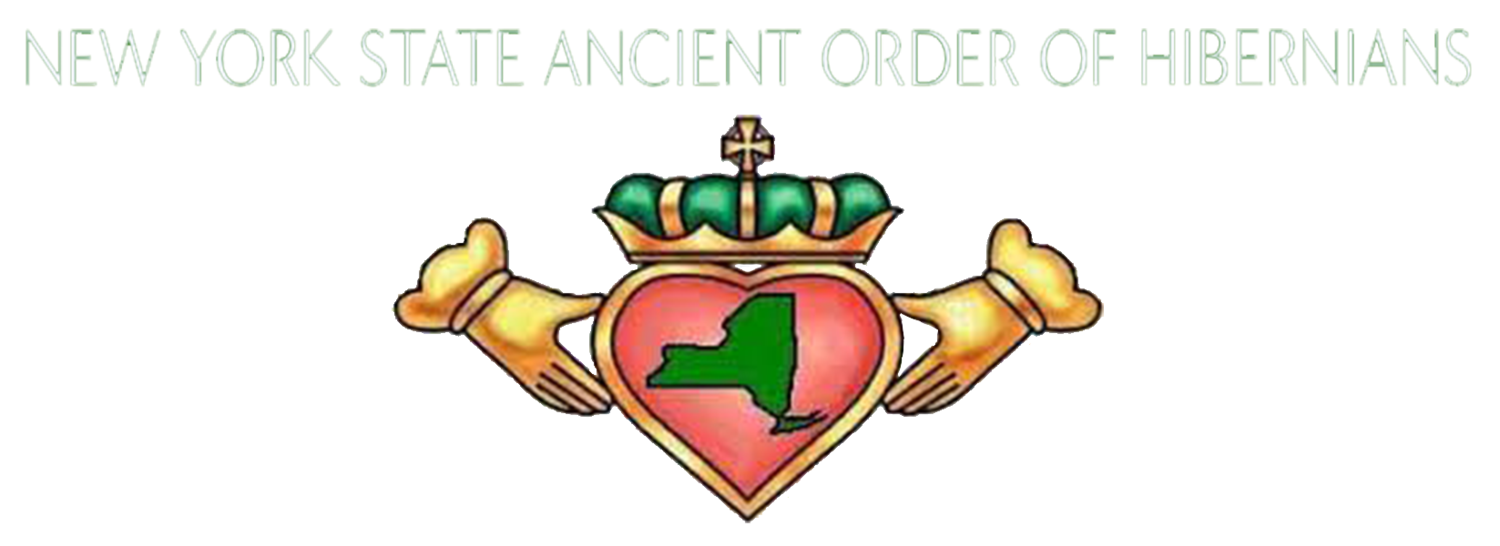The Crossbarry Ambush - 1921
The largest engagement of the Irish War of Independence was the Crossbarry Ambush or Battle of Crossbarry. It occurred on March 19, 1921 and took place near the small village of Crossbarry in County Cork, about 12 miles southwest of Cork city. 104 Irish Republican Army volunteers commanded by Tom Barry escaped an attempt by 1,250 British troops to encircle them. During the hour-long battle the Essex and Hampshire Regiment suffered 39 dead and 47 wounded. IRA losses were four dead and four wounded.
The increasing success of the IRA's 3rd Cork Brigade led to arrests and interrogations of suspected IRA volunteers in West Cork in an effort to discover the identities and headquarters of the guerrillas. The British succeeded in breaking an IRA volunteer under torture and discovered that the West Cork Brigade had its headquarters in Ballymurphy.
British commanders planned a major operation to capture the IRA column, mobilizing 1,200 troops, to converge on the area from several different directions. According to Tom Barry, 400 British troops came from Cork, 200 from Ballincollig, 300 from Kinsale and 350 from Bandon. The British sweep was mounted early on the morning of March 19th. At Crossbarry, some of the troops descended from their lorries to proceed on foot or bicycle to try and catch the IRA unaware.
Charlie Hurley, the IRA Commanding Officer of the Cork Number Three Brigade. was trapped in a house and killed at about 6:30am. Tom Barry resolved that his men would have to fight their way out of the encirclement. Barry's calculation was that his men, who had only 40 rounds per man, could not sustain the all-day fight, which they could expect if they retreated before the British. Barry observed that one of the British columns advancing towards Crossbarry was well ahead of the other British units. If his men could break through this British force, roughly the same strength as his own force, then they could break out of the British encirclement.
Barry laid out an ambush for the British at Crossbarry cross roads. The first 12 British lorries came into view of the IRA at 8:00 am. When they reached Crossbarry, they were caught by surprise and hit by a crossfire at very close range. Barry's men collected the British arms and ammunition before setting fire to the lorries. At this point, they were attacked again by another British column of about 200, coming from the southwest, but they too retreated after a fire fight. The renewed fire led to the day's three IRA fatalities. Two more British units converging on the area from the southeast tried to dislodge the IRA from their ambush position, but without success and they fled in disorder.
Barry marched his men to safety in the Gurranereigh area, while the British were disoriented by the ambush. There was another brief exchange of fire at long range as the IRA column got away. The action had lasted for under an hour. On realizing what had happened, Major Percival of the Essex Regiment rushed to the scene with his troops, but was only able to open a long-range fire on the fleeing IRA men. He later blamed the failure of the British operation on the Auxiliary column which had gone to the wrong rendezvous point and had therefore left a gap in the encirclement. There were some further firefights along the IRA column's line of retreat at Crowhill and Rearour but with no further casualties on either side.
Historians regard Crossbarry as the biggest single victory for the IRA and a missed opportunity for the British.


